“To Sync or not to Sync” is the sometimes controversial question being debated by DJs around the world. In 2000, Berlin-based software company Native Instruments released a new piece of software called Traktor DJ Studio. This revolutionary piece of software gave its users the ability to DJ their music using a beat grid, which matches and locks the tempo. Over the years Traktor added a digital vinyl system and on-board effects, making it the most advanced DJ software on the market today.
While many new DJs were basking in the glory of these major advancements, the existing DJ community did not necessarily embrace this new technology with open arms. The art of DJing had become well-established, with veterans who made their names by finding new and creative ways to perform their music with little more than two turntables and a mixer. Now, new DJs had a tool that took a lot of the guesswork out of learning how to perform basic DJ functions such as beat-matching, beat-juggling and advanced organizational techniques. It radically lowered the bar on technical skills for getting into the DJ game.
Over the next two articles, we will be covering the pros and cons of using Traktor and the sync button versus using a traditional DJ setup. We will also be covering some of the basics of DJing and how those same functions are performed using Traktor.
The Traditional DJ Setup
In a traditional DJ setup, you will find two turntables and a mixer. Normally, the DJ will use headphones through the mixer so that they can cue a song up using one channel, while the other channel plays over the sound system. When you see a DJ listening to their headphones, they are normally getting the music ready to be mixed in with the song that is currently playing. Some of the main things DJs are listening for in the headphones are tempo, volume and cue points at which to start and stop the music.
 To match the beat, the DJ will use the pitch control of the turntable to speed up or slow down the music so that the tempo and beat matches the song that is currently playing. Beatmatching is one of the main skills that traditional DJ’s attempt to perfect, and quite frankly, judge each other on. Getting a song to stay on tempo takes meticulous work, and like most skills, this one will deteriorate if you don’t get regular practice.
To match the beat, the DJ will use the pitch control of the turntable to speed up or slow down the music so that the tempo and beat matches the song that is currently playing. Beatmatching is one of the main skills that traditional DJ’s attempt to perfect, and quite frankly, judge each other on. Getting a song to stay on tempo takes meticulous work, and like most skills, this one will deteriorate if you don’t get regular practice.
One very important thing that DJs pay attention to is the volume of the music they are playing. DJ’s are constantly getting a wide variety of music from many different sources. Music made in different studios can have varying degrees of loudness, so it is important that the DJ pays special attention to volume, so that the song will have a smooth transition when it comes to mixing it in to the current track..
Knowing the right song to play at the right time is one of the greatest skills a DJ can possess. Being able to pick the right record for the moment requires a lot of things, but most importantly it requires an organized music collection. Searching through your record or CD box can be very difficult in a low light environment, but there are several steps DJs take to make their music collection easily accessible.
 First, you may want to sort your collection by genre and then by mood. If you are playing multiple genres, it can be helpful to know exactly where each of them resides in your collection.
First, you may want to sort your collection by genre and then by mood. If you are playing multiple genres, it can be helpful to know exactly where each of them resides in your collection.
Second, it is very useful to know what key each song is in for the purposes of harmonic mixing. Although it is time consuming, you can use these instructions on how to find the key of the song you are listening to. Once you find the key, you can use something known in music theory as the Circle of Fifths to find what songs are compatible.
Third, be legible! If you are writing on your records or CDs, make sure and write clearly and if you can, print labels. You will thank yourself later when you get to your first gig in a poorly lit booth.
That’s the basic setup, plus a few tips, on the old school, traditional approach to rocking a crowd. Tune in tomorrow as I run down the digital approach to DJing with Traktor and give you my thoughts on which of the two approaches I think is the best way to go.
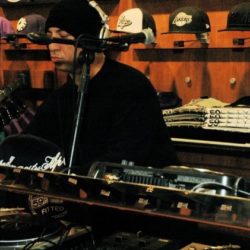

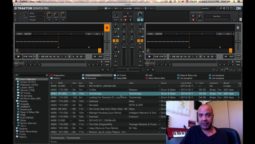
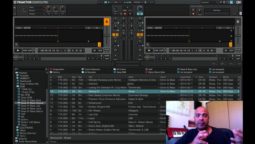
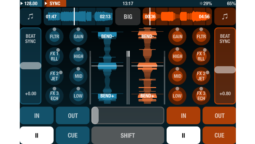
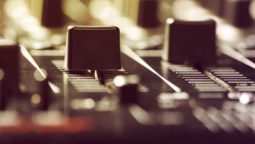

Join the discussion
comments powered by Disqus